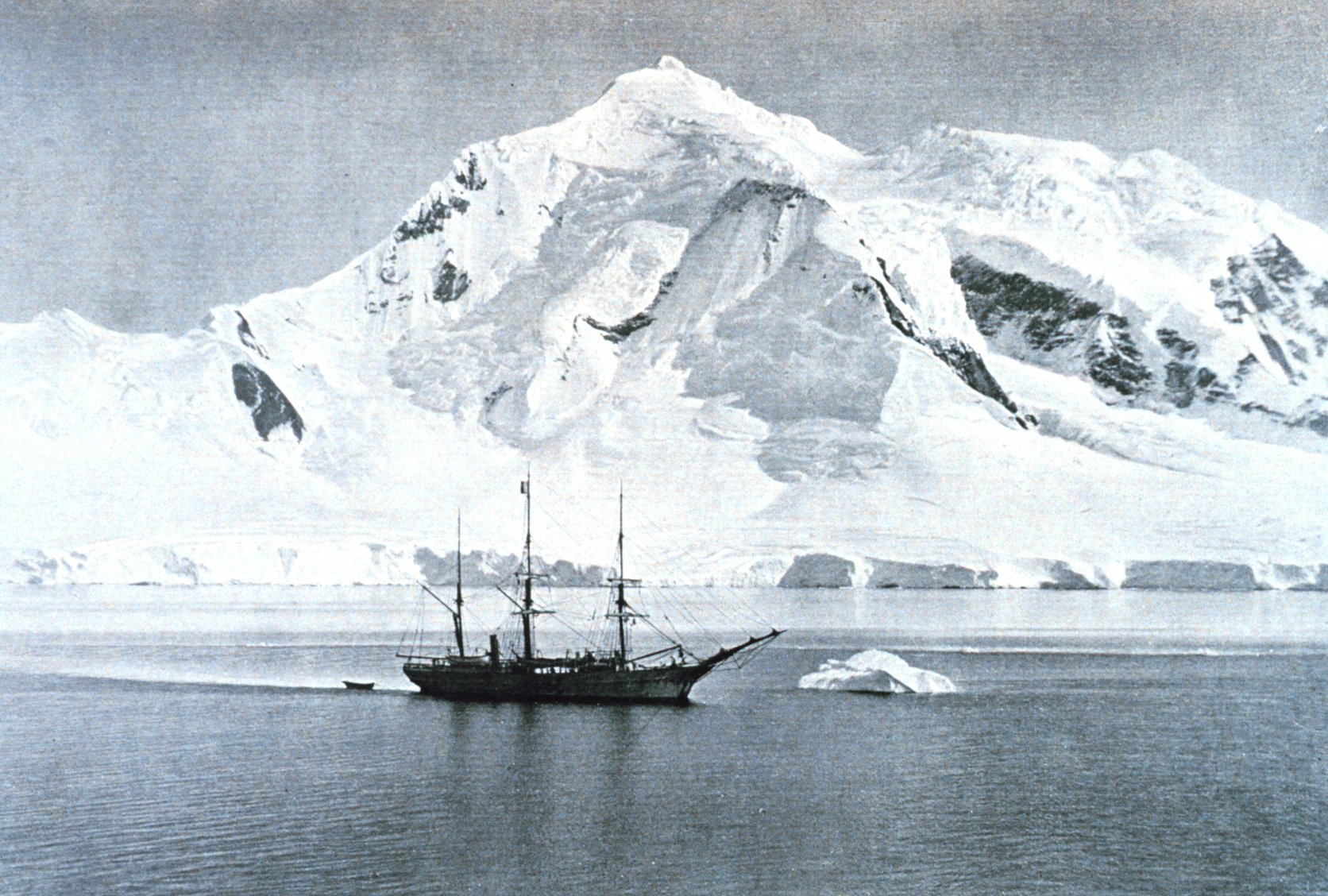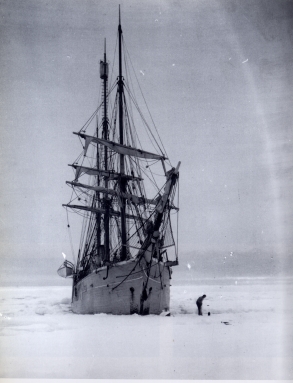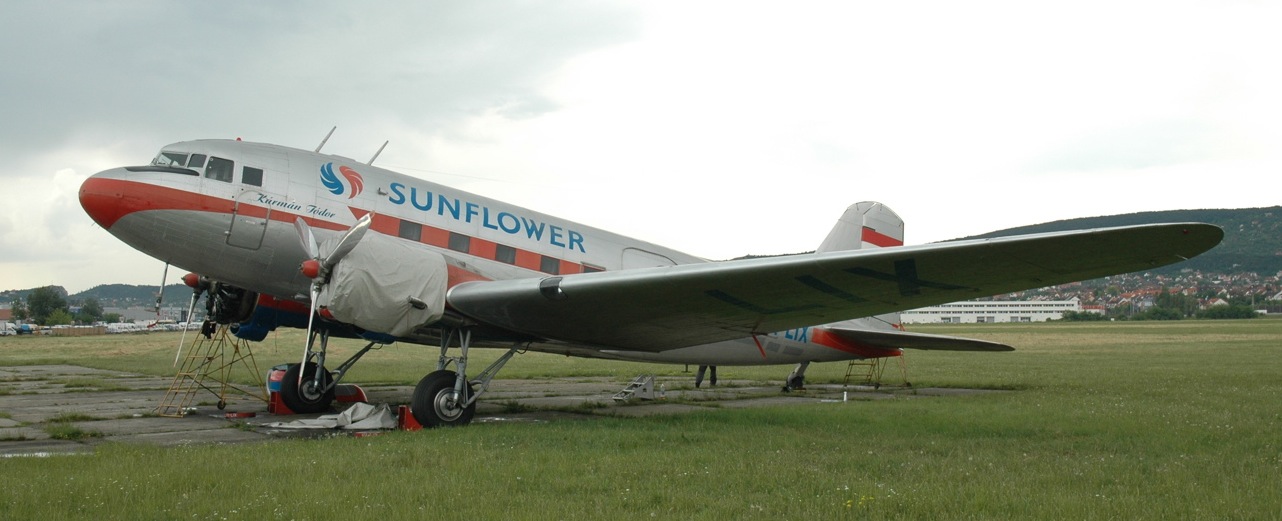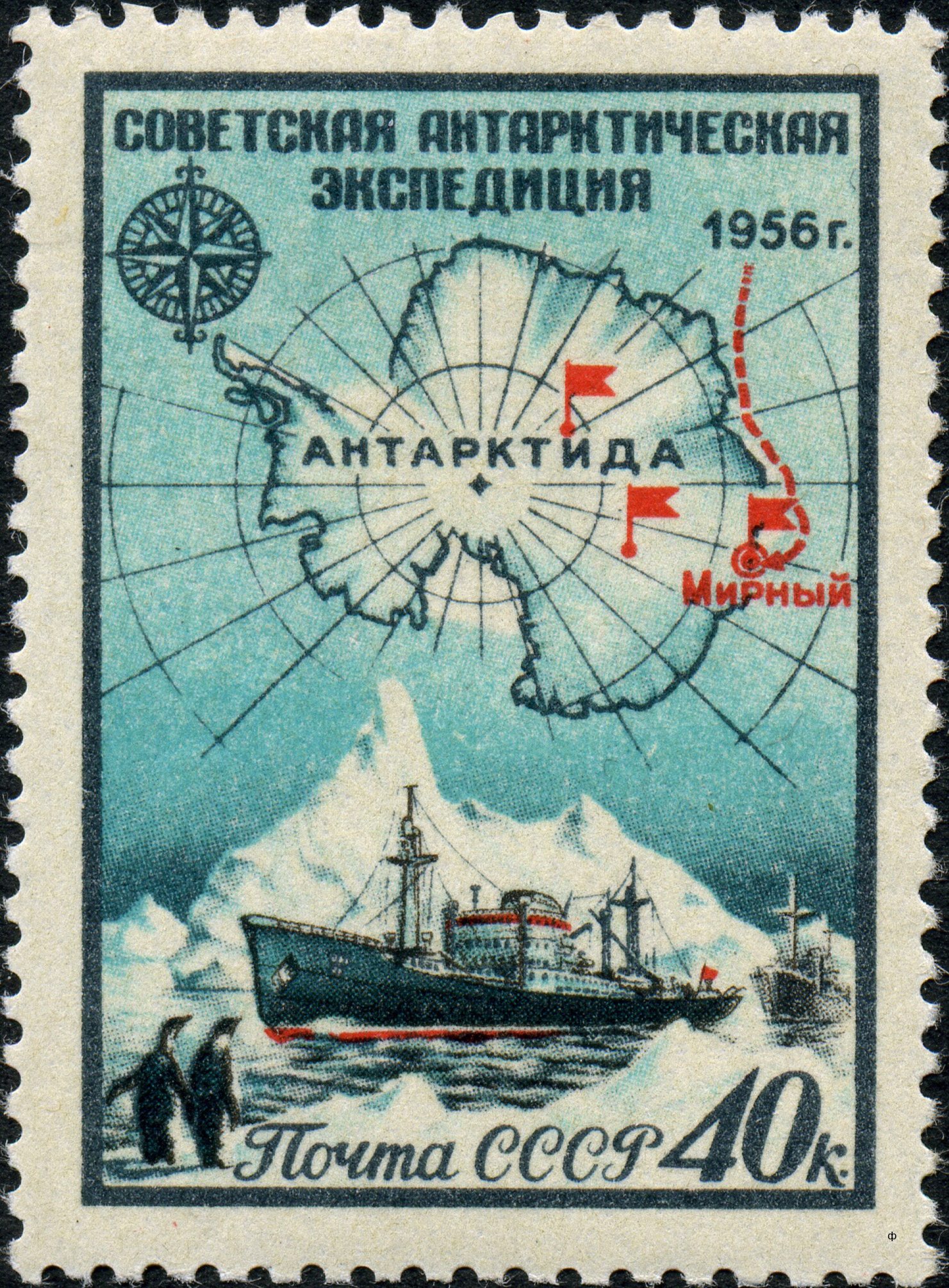|
Gaston De Gerlache
Baron Gaston de Gerlache de Gomery ( Brussels, 17 November 1919 – Oudenaarde, 13 July 2006) was a Belgian polar explorer. Gaston de Gerlache was the son of Adrien de Gerlache, and followed in the tracks of his father by leading the second Belgian expedition to Antarctica in 1957–1958, 60 years after his father led the 1897–1899 Belgian Antarctic Expedition aboard the ship ''Belgica''. Gaston de Gerlache and his crew established the King Baudouin Base in 1958 in the context of the International Geophysical Year. On 11 December 1958 an aircraft with four Belgians, led by Gaston de Gerlache crashed in the Crystal Mountains, 250 km from King Baudouin Base, Antarctica. The crew was searched for and rescued on 16 December by the Soviet polar pilot V. M. Perov on an Li-2 aircraft, that had taken off from Mirny Station. [...More Info...] [...Related Items...] OR: [Wikipedia] [Google] [Baidu] |
Brussels
Brussels (french: Bruxelles or ; nl, Brussel ), officially the Brussels-Capital Region (All text and all but one graphic show the English name as Brussels-Capital Region.) (french: link=no, Région de Bruxelles-Capitale; nl, link=no, Brussels Hoofdstedelijk Gewest), is a region of Belgium comprising 19 municipalities, including the City of Brussels, which is the capital of Belgium. The Brussels-Capital Region is located in the central portion of the country and is a part of both the French Community of Belgium and the Flemish Community, but is separate from the Flemish Region (within which it forms an enclave) and the Walloon Region. Brussels is the most densely populated region in Belgium, and although it has the highest GDP per capita, it has the lowest available income per household. The Brussels Region covers , a relatively small area compared to the two other regions, and has a population of over 1.2 million. The five times larger metropolitan area of Brusse ... [...More Info...] [...Related Items...] OR: [Wikipedia] [Google] [Baidu] |
Oudenaarde
Oudenaarde (; french: Audenarde ; in English sometimes ''Oudenarde'') is a Belgian municipality in the Flemish province of East Flanders. The municipality comprises the city of Oudenaarde proper and the towns of Bevere, Edelare, Eine, Ename, Heurne, Leupegem, Mater, Melden, Mullem, Nederename, Volkegem, Welden and a part of Ooike. From the 15th to the 18th century, but especially in the 16th century, Oudenaarde was a world-known centre of tapestry production. The town's name, meaning “old field”, still lingers on in “outnal”, an obsolete English term for a kind of brown linen thread. History The glory of Ename The history of the current municipality of Oudenaarde starts in 974, when Otto II, Holy Roman Emperor and king of Germany, built one of its three fortifications on the Scheldt at Ename to protect his kingdom against possible attacks from Francia (next to the other frontier post at Valenciennes, later on also the Antwerp). Ename grew very fast. By 1005, the ... [...More Info...] [...Related Items...] OR: [Wikipedia] [Google] [Baidu] |
Adrien De Gerlache
Baron Adrien Victor Joseph de Gerlache de Gomery (; 2 August 1866 – 4 December 1934) was a Belgian officer in the Belgian Royal Navy who led the Belgian Antarctic Expedition of 1897–99. Early years Born in Hasselt in eastern Belgium as the son of an army officer, de Gerlache was educated in Brussels. From a young age he was deeply attracted by the sea, and made three voyages in 1883 and 1884 to the United States as a cabin boy on an ocean liner. He studied Engineering at the Free University of Brussels. After finishing his third year in 1885, he quit the university and joined the Belgian Navy on 19 January 1886. After graduating from the nautical college of Ostend he worked on fishery protection vessels as second and third lieutenant. In October 1887 he signed on as seaman on the ''Craigie Burn'', an English ship, for a voyage to San Francisco, but the ship failed to round Cape Horn and was sold for scrap in Montevideo. He returned to Europe after spending time in Urugua ... [...More Info...] [...Related Items...] OR: [Wikipedia] [Google] [Baidu] |
Antarctica
Antarctica () is Earth's southernmost and least-populated continent. Situated almost entirely south of the Antarctic Circle and surrounded by the Southern Ocean, it contains the geographic South Pole. Antarctica is the fifth-largest continent, being about 40% larger than Europe, and has an area of . Most of Antarctica is covered by the Antarctic ice sheet, with an average thickness of . Antarctica is, on average, the coldest, driest, and windiest of the continents, and it has the highest average elevation. It is mainly a polar desert, with annual precipitation of over along the coast and far less inland. About 70% of the world's freshwater reserves are frozen in Antarctica, which, if melted, would raise global sea levels by almost . Antarctica holds the record for the lowest measured temperature on Earth, . The coastal regions can reach temperatures over in summer. Native species of animals include mites, nematodes, penguins, seals and tardigrades. Where vegetation o ... [...More Info...] [...Related Items...] OR: [Wikipedia] [Google] [Baidu] |
Belgica Expedition
The Belgian Antarctic Expedition of 1897–1899 was the first expedition to winter in the Antarctic region. Led by Adrien de Gerlache de Gomery aboard the RV ''Belgica'', it was the first Belgian Antarctic expedition and is considered the first expedition of the Heroic Age of Antarctic Exploration. Among its members were Frederick Cook and Roald Amundsen, explorers who would later attempt the respective conquests of the North and South Poles. Preparation and surveying In 1896, after a period of intensive lobbying, Adrien Victor Joseph de Gerlache de Gomery purchased the Norwegian-built whaling ship ''Patria'', which, following an extensive refit, he renamed . Gerlache had worked together with the Geographical Society of Brussels to organize a national subscription, but was able to outfit his expedition only after the Belgian government voted in favor of two large subsidies, making it a state-supported undertaking. With a multinational crew that included Roald Amundsen from ... [...More Info...] [...Related Items...] OR: [Wikipedia] [Google] [Baidu] |
RV Belgica (1884)
''Belgica'' was a barque-rigged steamship that was built in 1884 by Christian Brinch Jørgensen at Svelvik, Norway as the whaler ''Patria''. In 1896, she was purchased by Adrien de Gerlache for conversion to a research ship, taking part in the Belgian Antarctic Expedition of 1897–1901, becoming the first ship to overwinter in the Antarctic. In 1902, she was sold to Philippe, Duke of Orléans and used on expeditions to the Arctic in 1905 and from 1907 to 1909. In 1916, she was sold and converted to a passenger and cargo ship, serving Spitsbergen from the Norwegian mainland under the name ''Isfjord''. In 1918, she was sold and renamed ''Belgica'', being converted to a factory ship. Requisitioned by the British in April 1940, she was used as a depôt ship, being scuttled when the Franco-British Expeditionary Force evacuated Harstad in northern Norway. In 2007, plans to build a modern replica of ''Belgica'' were announced. Description The ship was long, with a beam of and a d ... [...More Info...] [...Related Items...] OR: [Wikipedia] [Google] [Baidu] |
Baudouin I Of Belgium
Baudouin (;, ; nl, Boudewijn Albert Karel Leopold Axel Maria Gustaaf, ; german: Balduin Albrecht Karl Leopold Axel Maria Gustav. 7 September 1930 – 31 July 1993), Dutch name Boudewijn, was King of the Belgians from 17 July 1951 until his death in 1993. He was the last Belgian king to be sovereign of the Congo. Baudouin was the elder son of King Leopold III (1901–1983) and his first wife, Princess Astrid of Sweden (1905–1935). Because he and his wife, Queen Fabiola, had no children, at Baudouin's death the crown passed to his younger brother, King Albert II. Childhood and accession Prince Baudouin was born on 7 September 1930 in the Château du Stuyvenberg, near Laeken, Brussels, the elder son and second child of Prince Leopold, then Duke of Brabant, and his first wife, Princess Astrid of Sweden. In 1934, Baudouin's grandfather King Albert I of Belgium was killed in a rock climbing accident; Leopold became king and the three-year-old Baudouin became Duke of Brabant as ... [...More Info...] [...Related Items...] OR: [Wikipedia] [Google] [Baidu] |
International Geophysical Year
The International Geophysical Year (IGY; french: Année géophysique internationale) was an international scientific project that lasted from 1 July 1957 to 31 December 1958. It marked the end of a long period during the Cold War when scientific interchange between East and West had been seriously interrupted. Sixty-seven countries participated in IGY projects, although one notable exception was the mainland People's Republic of China, which was protesting against the participation of the Republic of China (Taiwan). East and West agreed to nominate the Belgian Marcel Nicolet as secretary general of the associated international organization. The IGY encompassed eleven Earth sciences: aurora and airglow, cosmic rays, geomagnetism, gravity, ionospheric physics, longitude and latitude determinations (precision mapping), meteorology, oceanography, seismology, and solar activity. The timing of the IGY was particularly suited for studying some of these phenomena, since it covered th ... [...More Info...] [...Related Items...] OR: [Wikipedia] [Google] [Baidu] |
Lisunov Li-2
The Lisunov Li-2 (NATO reporting name: Cab), originally designated PS-84, was a license-built Soviet-version of the Douglas DC-3. It was produced by Factory #84 in Khimki, Moscow-Khimki and, after evacuation in 1941, at Tashkent Aviation Production Association, TAPO in Tashkent. The project was directed by aeronautical engineer Boris Lisunov, Boris Pavlovich Lisunov. Design and development The Soviet Union received its first Douglas DC-2, DC-2 in 1935. A total of 18 DC-3s had been ordered on 11 April 1936, and the government of the USSR purchased 21 DC-3s for operation by Aeroflot before World War II. A production license was awarded to the government of the USSR on 15 July 1936. Lisunov spent two years at the Douglas Aircraft Company, between November 1936 and April 1939 translating the design. One of the engineers who accompanied him to Douglas was Vladimir Mikhailovich Myasishchev. Design work and production were undertaken at State Aviation Factory 84 in Khimki (now a ... [...More Info...] [...Related Items...] OR: [Wikipedia] [Google] [Baidu] |
Mirny Station
The Mirny Station (russian: Мирный, literally ''Peaceful'') is a Russian (formerly Soviet) first Antarctic science station located in Queen Mary Land, Antarctica, on the Antarctic coast of the Davis Sea. The station is managed by the Arctic and Antarctic Research Institute and was named after the support vessel '' Mirny'' captained by Mikhail Lazarev during the First Russian Antarctic Expedition, led by Fabian Gottlieb von Bellingshausen on ''Vostok''. Mirny Station was damaged by a fire on Sunday 21 June 2020. Purpose and facilities The station was opened on February 13, 1956, by the 1st Soviet Antarctic Expedition. It was originally used as main base for the Vostok Station located from the coast, this function is now served by Progress Station. In summer, it hosts up to 169-200 people in 30 buildings, in winter about 40-50 scientists and technicians. The average temperature at the location is , and on more than 200 days per year the wind is stronger than , with occa ... [...More Info...] [...Related Items...] OR: [Wikipedia] [Google] [Baidu] |
Mount Gaston De Gerlache
Mount Gaston de Gerlache is the southernmost massif, high, in the Queen Fabiola Mountains of Antarctica. It was discovered on 7 October 1960 by the Belgian Antarctic Expedition, 1960, under Guido Derom, and was named by Derom for Gaston de Gerlache, son of Adrien de Gerlache (leader of the first Belgian Antarctic Expedition, 1897–99). Gaston led the Belgian Antarctic Expedition, 1957–58, which landed on Princess Ragnhild Coast and built the Roi Baudouin Station to carry out the scientific program of the International Geophysical Year The International Geophysical Year (IGY; french: Année géophysique internationale) was an international scientific project that lasted from 1 July 1957 to 31 December 1958. It marked the end of a long period during the Cold War when scientific .... References Mountains of Queen Maud Land Prince Harald Coast {{QueenMaudLand-geo-stub ... [...More Info...] [...Related Items...] OR: [Wikipedia] [Google] [Baidu] |
Queen Fabiola Mountains
Queen Fabiola Mountains is a group of mountains in Antarctica, long, consisting mainly of seven small massifs which trend north–south, forming a partial barrier to the flow of inland ice. The mountains stand in isolation about southwest of the head of Lutzow-Holm Bay. The mountains were discovered and photographed from aircraft by the Belgian Antarctic Expedition under Guido Derom on 8 October 1960. With permission from King Baudouin of Belgium, the mountains were named after his newly wedded wife Fabiola. In November–December 1960, the mountains were visited by a party of the Japanese Antarctic Research Expedition (JARE), 1957–1962, which made geomorphological and geological surveys. They applied the name Yamato Mountains. The highest massif is Mount Fukushima (2,470 m). The Japanese Antarctic Research Expedition (JARE) found the Yamato 000593 Martian meteorite in 2000 on the Yamato Glacier, at the Queen Fabiola Mountains. With a mass of , Yamato 000593 is the second la ... [...More Info...] [...Related Items...] OR: [Wikipedia] [Google] [Baidu] |






